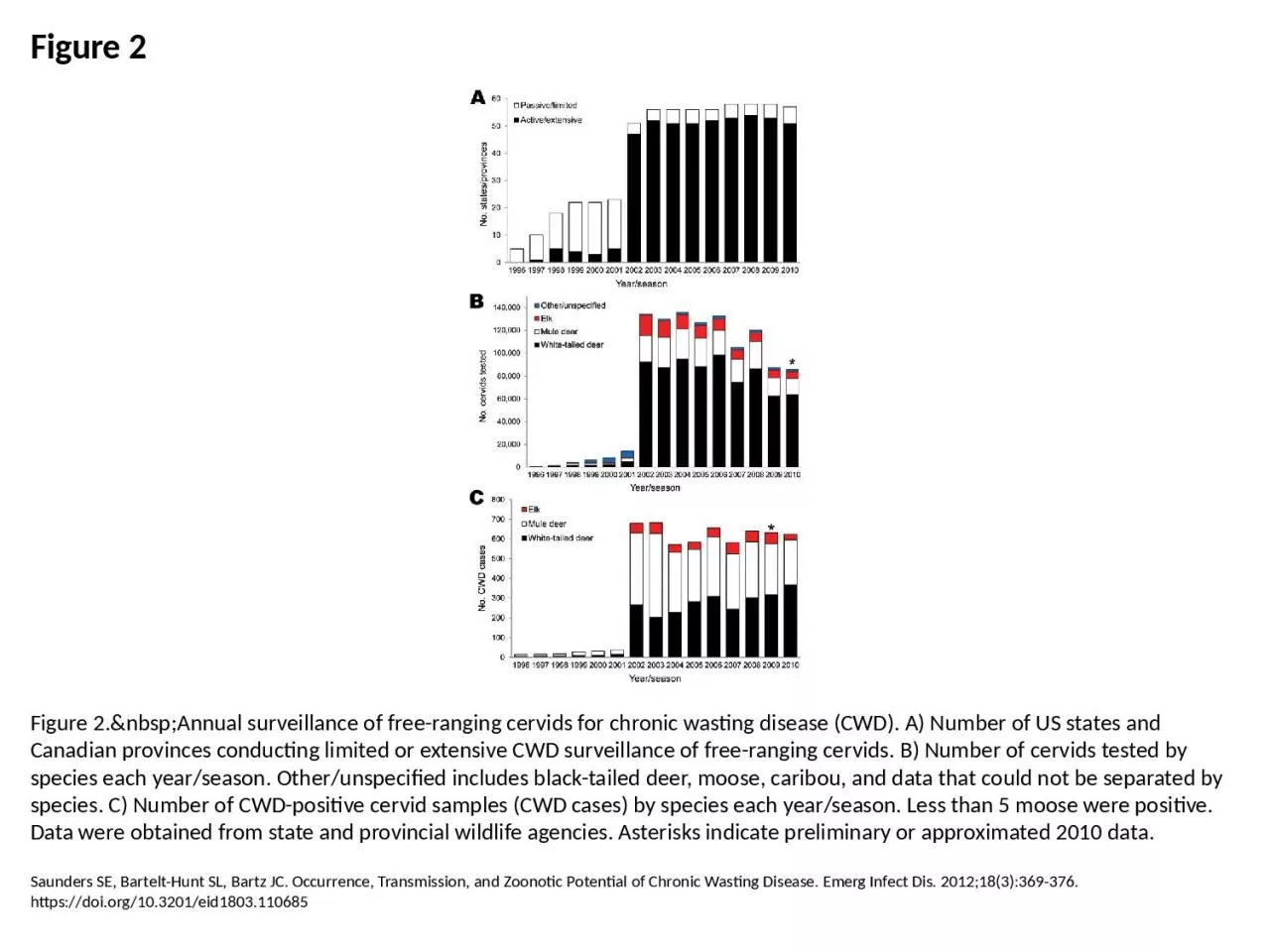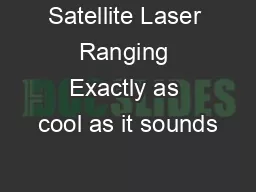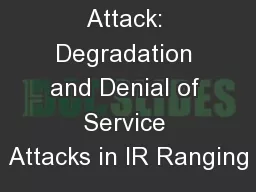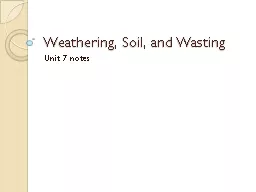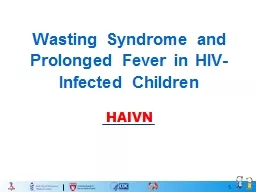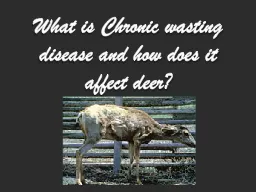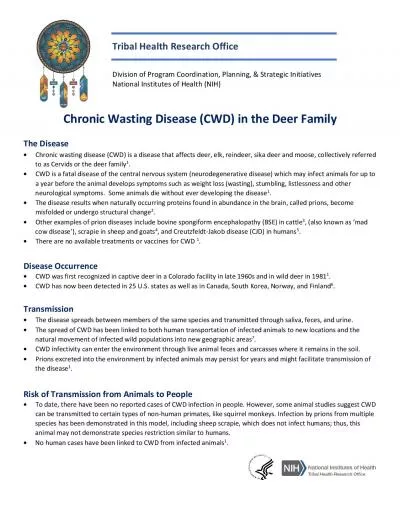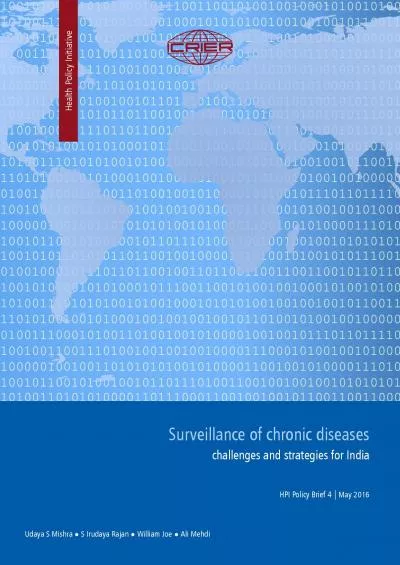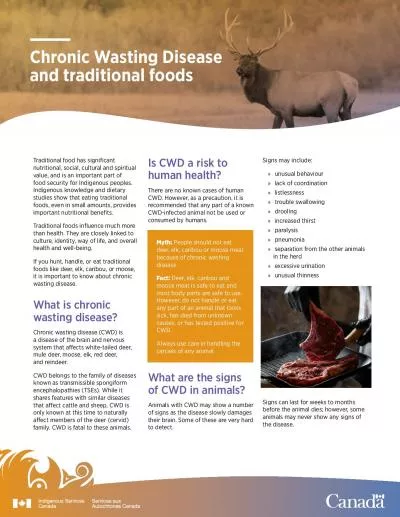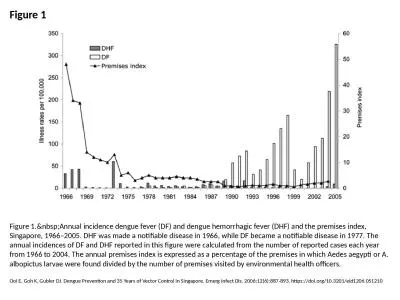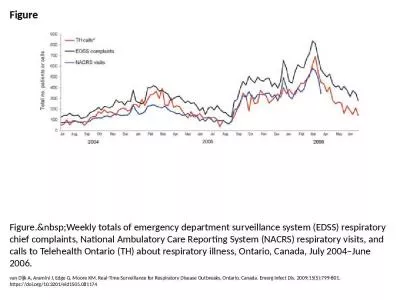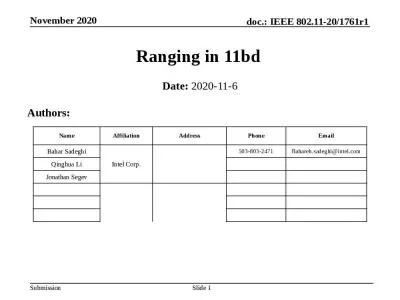PPT-Figure 2 Figure 2. Annual surveillance of free-ranging cervids for chronic wasting
Author : roy | Published Date : 2024-02-09
Saunders SE BarteltHunt SL Bartz JC Occurrence Transmission and Zoonotic Potential of Chronic Wasting Disease Emerg Infect Dis 2012183369376 httpsdoiorg103201eid1803110685
Presentation Embed Code
Download Presentation
Download Presentation The PPT/PDF document "Figure 2 Figure 2. Annual surve..." is the property of its rightful owner. Permission is granted to download and print the materials on this website for personal, non-commercial use only, and to display it on your personal computer provided you do not modify the materials and that you retain all copyright notices contained in the materials. By downloading content from our website, you accept the terms of this agreement.
Figure 2 Figure 2. Annual surveillance of free-ranging cervids for chronic wasting: Transcript
Download Rules Of Document
"Figure 2 Figure 2. Annual surveillance of free-ranging cervids for chronic wasting"The content belongs to its owner. You may download and print it for personal use, without modification, and keep all copyright notices. By downloading, you agree to these terms.
Related Documents

